What do paper chains, chicken wire and cotton balls have in common? Along with dozens of other materials, they’ve all been used in Woodland Hills stage designs.
Our designs are pretty cool, if we do say so ourselves, so we asked Hannah Hiler, Woodland Hill’s graphic designer, to take us through the process.
A design begins as a spark of creativity from a Pinterest inspiration board. Volunteers and communications staff look over visuals and materials and throw around ideas they’re excited about. Once the general direction is settled, Hannah sketches out a stage map and the team tests sample materials, and, if needed, puts up a test installation. When all the kinks have been worked out, final plans are sketched.
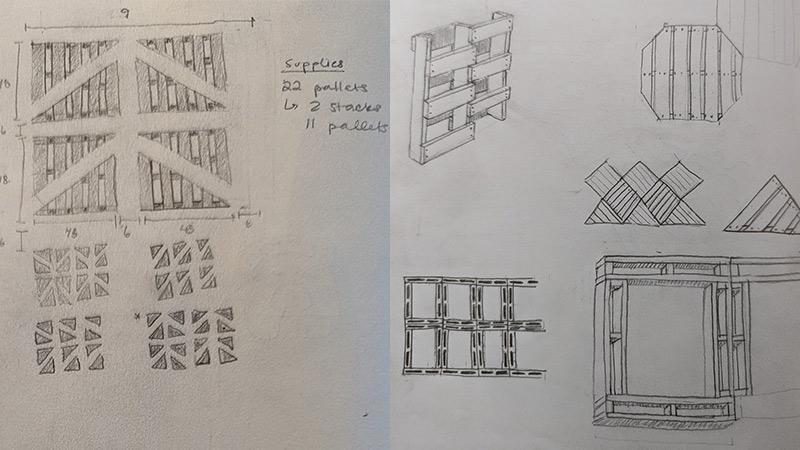
When the time comes to tear down the old design and install the new one, the team has only one week to make the turnaround. So during the week, volunteers come in shifts to cut and hammer and glue and tie and tape. They may be working with corrugated steel, PVC pipe, cardboard boxes, burlap, paper lanterns, rope, sheets of fabric and more! While the materials may differ, one thing never changes: the bucket lift and the extra tall ladder always make an appearance to help with those hard-to-reach spots.
Hannah explained our most recent design: “Churches have been using pallets as a stage background material for quite a while, but we wanted to see how we could use them in a new and interesting way. We started by grabbing a few extra pallets from The Corner Shelf and experimented with different ways to disassemble and alter the pallets. We discovered turning the pallets into triangles wasn’t too difficult—although it did require a few saw blades to cut through all the nails! We decided to go with an unpainted, raw look to lean into the unfinished feel of the pallets and we landed on a non-uniform design to contrast the traditional, geometric use of the pallets in church stage settings.”
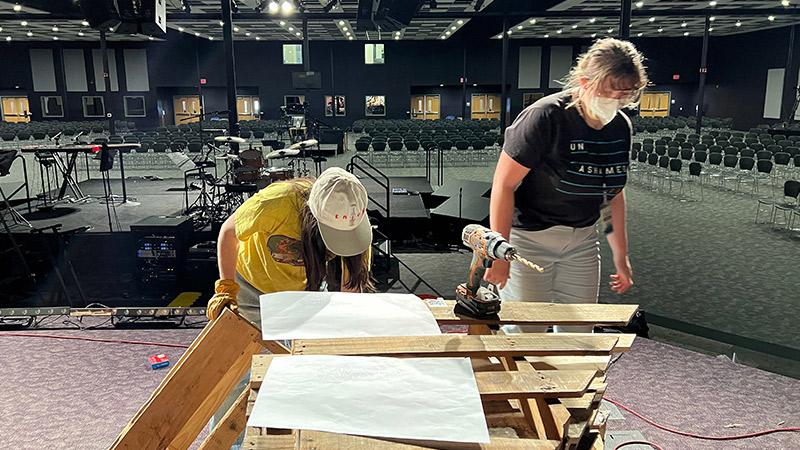
After assembly, the lighting cues are set. Jon Ruday, Woodland’s Media and Technology Director, calls this part “the magic.” Jon selects a palette of light cues, and tweaks the light fixtures to match each design. He uses each weekend’s song set to help him figure out the combination of lights to use. Jon uses LED strip lights, Edison lights, LED par lighting, and LED wash lights, and said, “I like to light the stage as many ways as possible; if you can get more looks out of it, the stage is that much more interesting.”
Of course none of this would be possible without our stage design volunteers. Jim O’Connor has been volunteering to help build them for 3-4 years and we count on him for the trickiest construction parts. For Jim, the community and camaraderie of the team is one of his favorite parts. This most recent design with the pallets was fun because of the challenge of hanging the pallets exactly right to match the stage map. Jim has also enjoyed designs involving hanging tubes because of the electric and lighting components involved. He says, “I love coming in the next Sunday, seeing it lit up and not recognizing it. You can’t believe you worked on it, and you can’t imagine what it’s going to look like until it’s lit.”
We really appreciate Jim and the rest of the crew, and we hope you enjoy their masterpieces as much as we do!

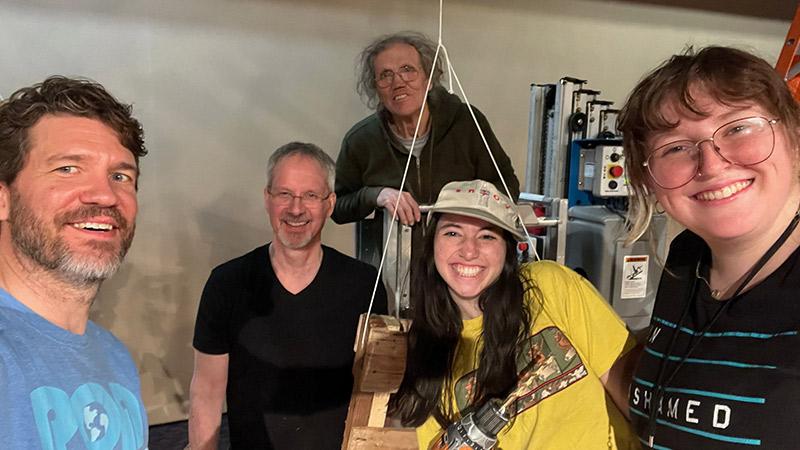
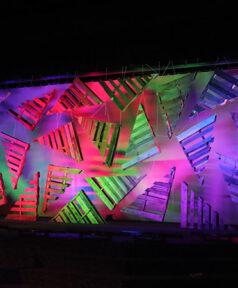
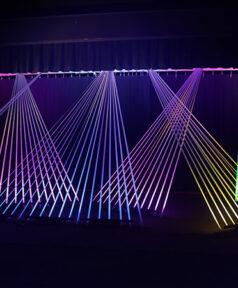
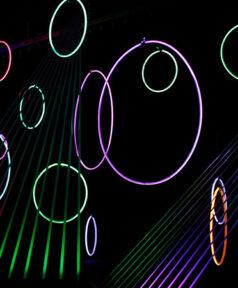
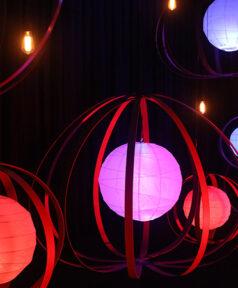
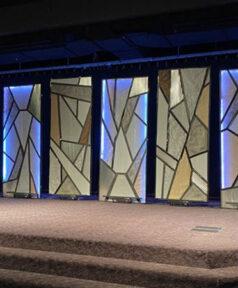

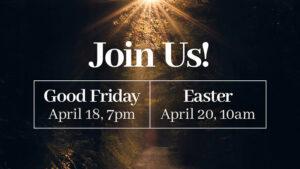
The lighting and designs are so effective: they light up the whole area; adds so much to the service.